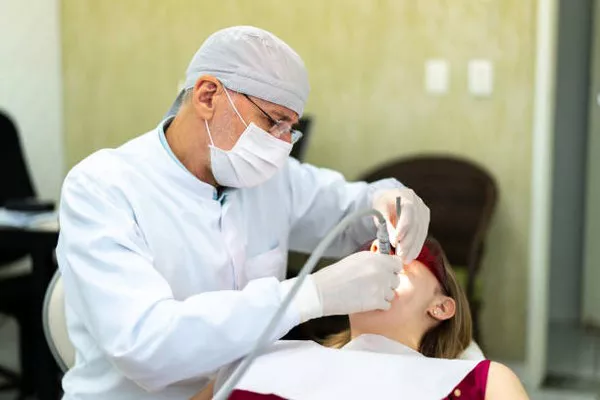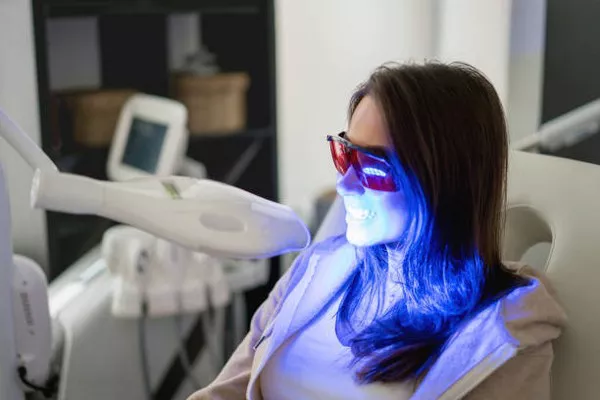This paper introduces a treatment method for dental fluorosis: minimally invasive aesthetic restoration of dental fluorosis is a kind of pigment coloring teeth, which affects the quality of smile and reduces the overall appearance level.
So, what is dental fluorosis?
What are the treatments?
1. What is dental fluorosis?
Dental fluorosis is also called spot glaze.
It’s a dental disease associated with high levels of fluoride in drinking water.
Fluorine itself has a dual effect on teeth.
The fluoride content in drinking water is too high to produce dental fluorosis, too low to form dental caries, when the fluoride content of drinking water is 1ppm, both caries prevention, and do not form dental fluorosis.
(1) The appearance of dental fluorosis is light, also known as chalky, and the enamel surface is like white chalk, opaque plaque, namely chalky plaque;
The yellow brown or dark brown patches appeared in the medium pigmented type, and the anterior teeth were most obvious.
Severe, also known as the defect type, most teeth or even the whole mouth teeth appear yellowish-brown plaque, at the same time, linear, punctate or fossa groove defect, deep staining in the depression, the tooth surface lost luster.
(2) The harm of dental fluorosis seriously affects the health and aesthetics, and causes psychological burden and harm to patients.
2. Traditional treatment methods for dental fluorosis The traditional treatment methods for dental fluorosis can be roughly divided into two categories: bleaching method and restoration method. (1) Simple bleaching method is easy to recolor, and the color is uneven.
(2) The restoration method adopts photosensitive curing;
Too much tooth tissue was removed and the color was not satisfactory.
(3) porcelain veneer nail crown or post crown restoration method, the tooth damage is too large.
3. The latest minimally invasive aesthetic restoration methods for dental fluorosis (1) effectively remove the surface staining of dental fluorosis on the premise of preserving the dental tissue as much as possible;
(2) Improve the wettability of enamel surface, promote whitening effect and re-mineralization repair, stable decolorization effect;
(3) with cold light whitening can not only make the coloring area decolorization, non-coloring area can also whitening;
(4) According to the patient’s requirements, the color of dental fluorosis, the degree of lesion, the location, the color of adjacent teeth, the size of teeth, and the hardness of enamel, the most appropriate and personalized treatment method can be selected finally on the premise of tooth preservation, minimally invasive or non-invasive, so as to create the perfect color and shape



























